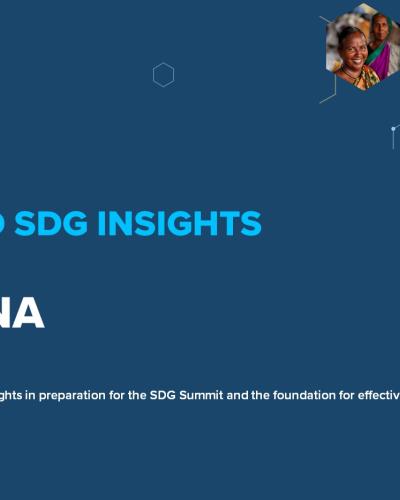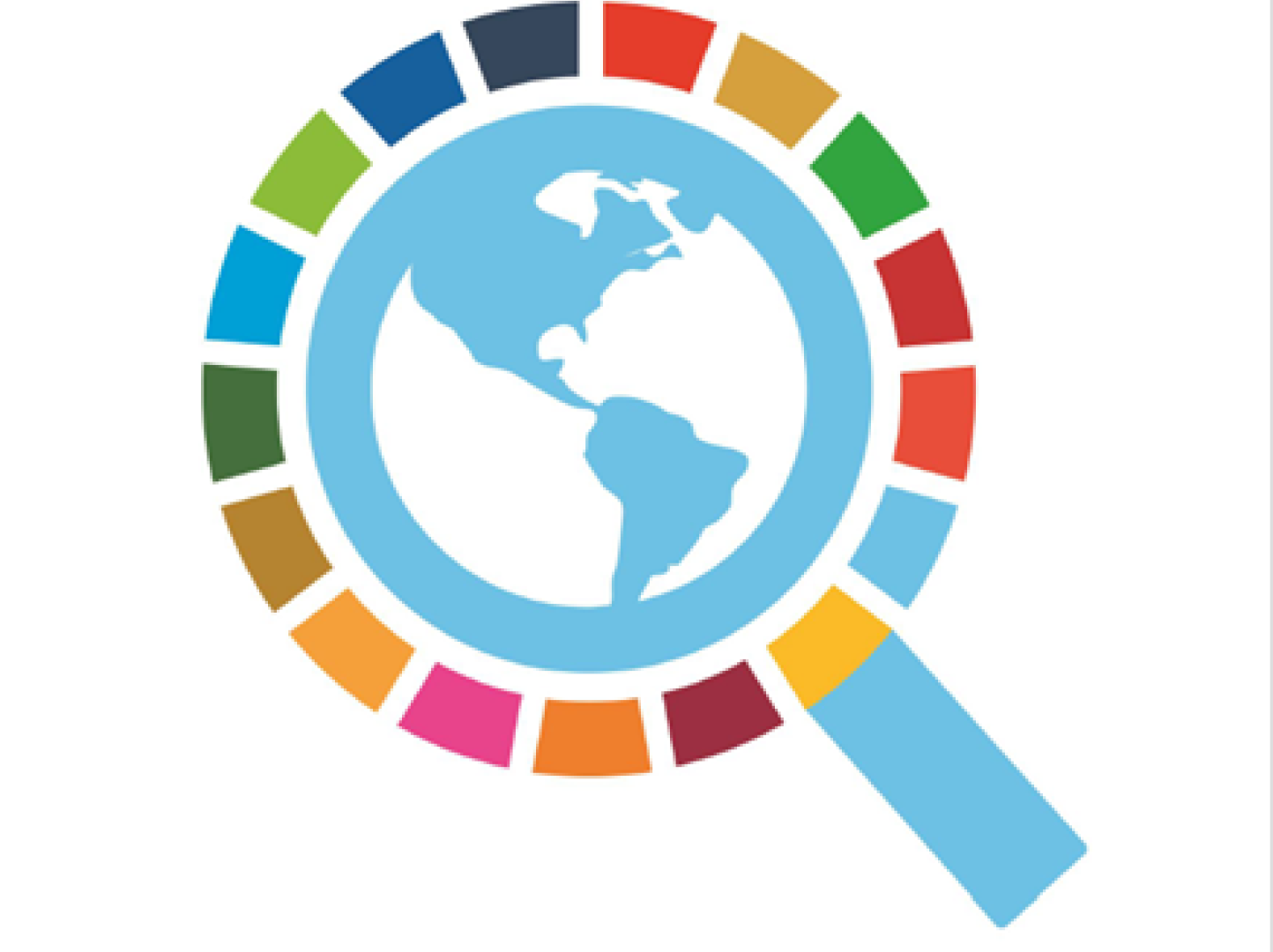INTEGRATED SDG INSIGHTS REPORT - BOTSWANA

Economic growth serves as an enabler for the SDGs in the short term, while over time the SDG agenda itself becomes a catalyst for pathways to inclusive and low-carbon growth.
Botswana’s economy is muddling through in 2023 and it is projected to accelerate in 2024 before muddling through again in 2025.1 This pace of growth is characterized by being 35% higher, on average, globally, and aligned to the country’s growth trajectory projected before the pandemic —thanks to prudent macroeconomic policies, robust economic institutions, particularly around managing diamond revenue, and the fast-tracked implementation of the government’s Economic Recovery and Transformation Plan.
In a context of high inequality and structural unemployment, a small domestic private sector focused on non-tradables, poor outcomes on health and education, low rural access to sanitation and electricity, water scarcity and natural resource vulnerability, and medium-term fiscal vulnerabilities, the sources of growth in Botswana’s undiversified economy will continue to mainly be diamonds and tourism, as well as public administration for the next coming years. This pace of economic growth will continue to be primarily dependent on fossil fuels (as the country’s carbon emissions intensity of GDP is expected to increase at an annual rate of 3.4% under current conditions), with limited impact on poverty reduction. The country’s commitment to achieving the SDGs should focus on reducing extreme poverty and on shared prosperity.



















